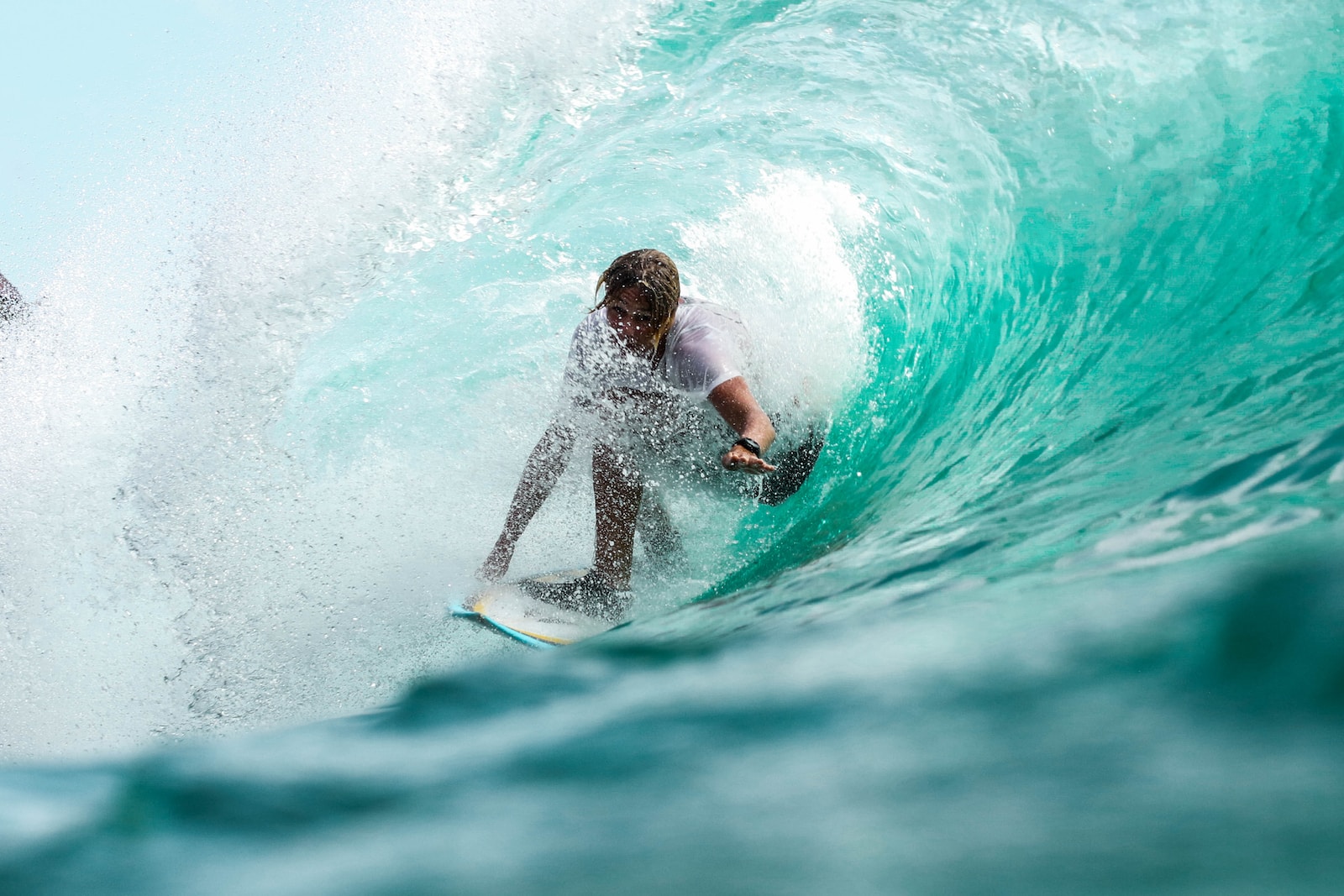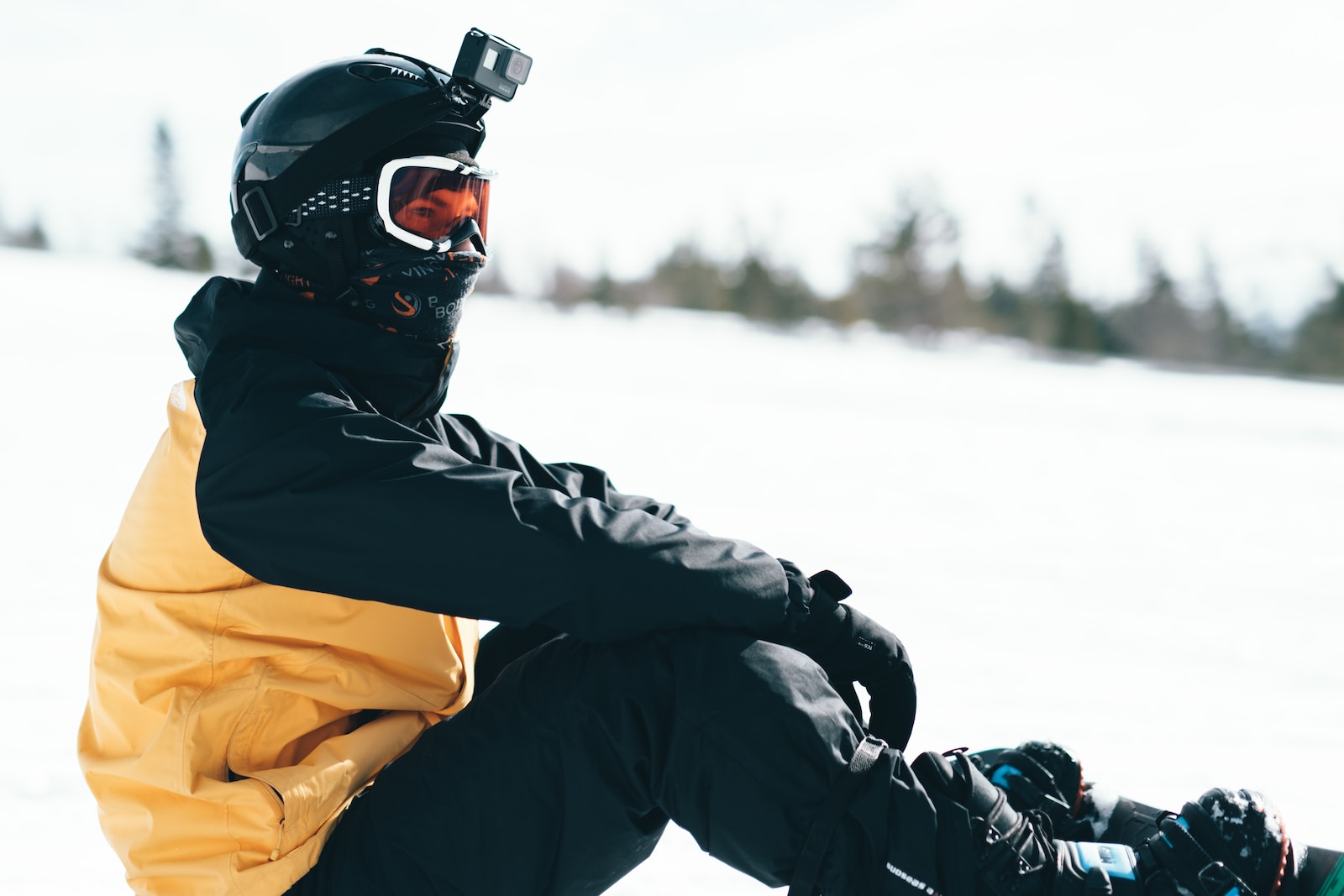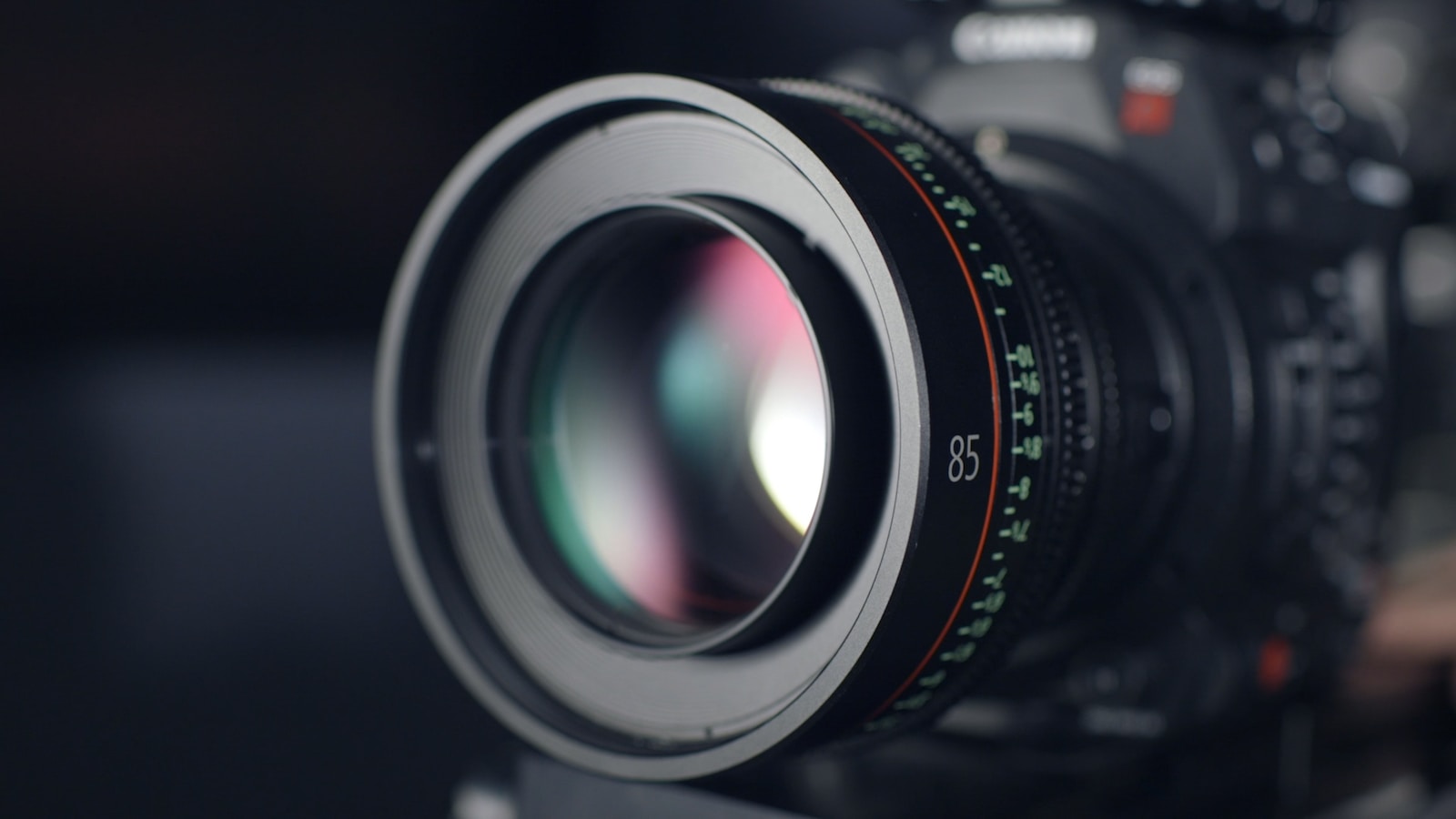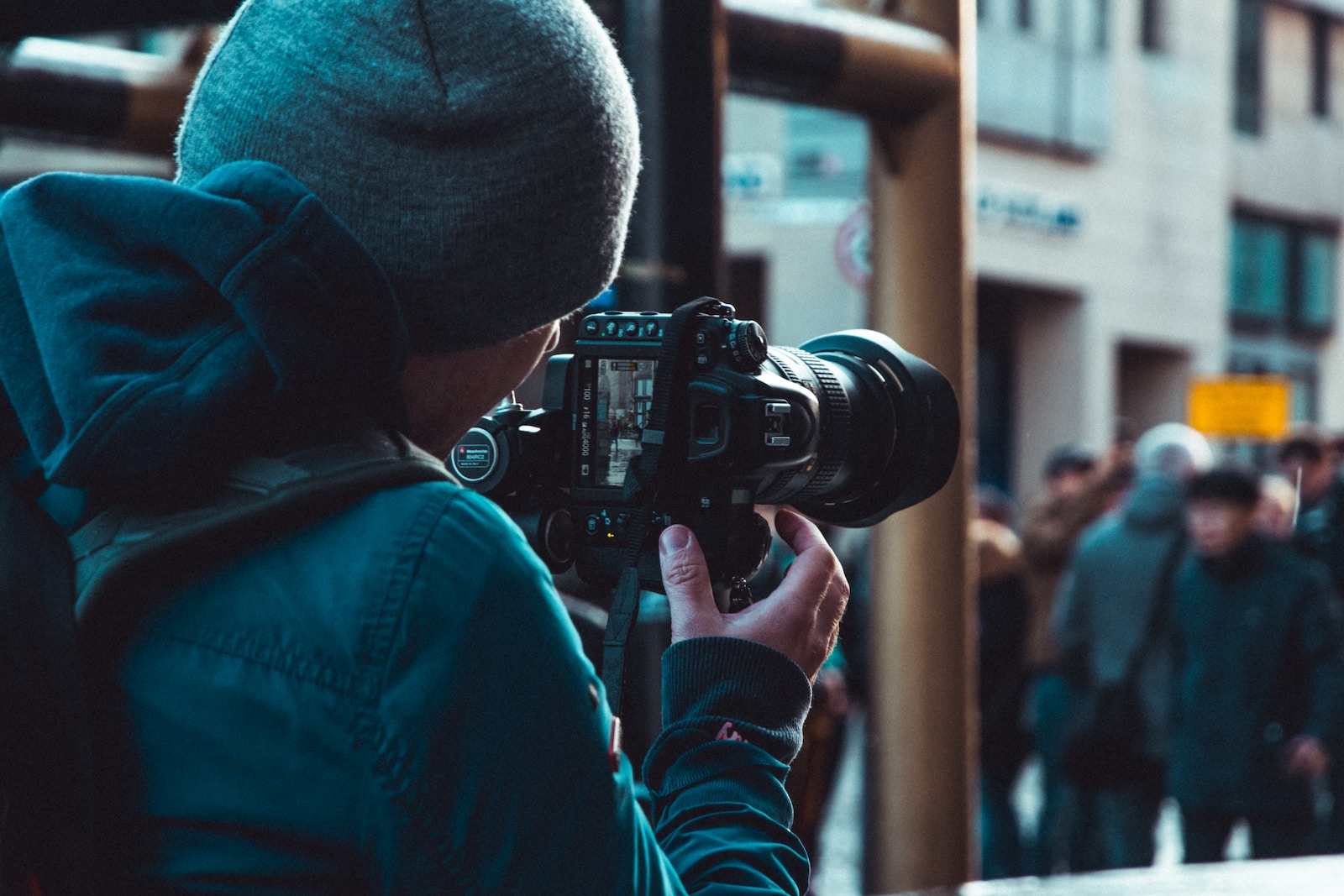Welcome to “Catching The Waves: The basics of surf photography”, your gateway to the thrilling world of surf photography. Whether you’re an avid photographer or a surf enthusiast looking to capture those epic wave moments, this blog will provide you with the essential knowledge and techniques to master the art of surf photography. From action-packed shots of surfers riding massive waves to perfectly timed captures of the crashing waves, get ready to dive into the surf photography adventure!
Table of Contents
- The Basics of Surf Photography
- A How-to Guide: Tips and Techniques for Surf Photography
- Frequently Asked Questions
- 1. What is surf photography?
- 2. What equipment do I need for surf photography?
- 3. What are some tips for capturing surfers in action?
- 4. How do I capture the crashing waves effectively?
- 5. Can you provide some tips for shooting in different lighting conditions?
- 6. Are there any safety precautions to consider when shooting surf photography?
- 7. Where can I showcase my surf photography?
- Wrap Up:
The Basics of Surf Photography
1. Choosing the Right Gear
- Invest in a DSLR camera with a fast burst mode for capturing rapid action shots.
- Use a telephoto lens with a focal range between 70-200mm to get close-up shots of surfers.
- Consider a water housing or waterproof camera case for shooting in the water.
- Don’t forget essential accessories like lens filters and a sturdy tripod.
2. Understanding Lighting and Exposure
Lighting plays a crucial role in surf photography; it can make or break your shots. Experiment with different lighting conditions to capture unique effects:
- Shoot during the golden hours of sunrise or sunset for warm tones and long shadows.
- Use fast shutter speeds to freeze the action and capture details in the waves.
- Adjust your ISO and aperture settings according to the available light.
Interesting fact: Surf photography has been popular since the 1960s when photographers started capturing the rise of the surf culture on film, showcasing the beauty and intensity of this thrilling sport.
3. Composition and Framing
Mastering composition and framing techniques can make your surf photos truly stand out:
- Follow the rule of thirds to create a visually pleasing balance between the surfer and the wave.
- Experiment with different angles and perspectives to capture dynamic shots.
- Include environmental elements such as rocks, cliffs, or palm trees to add context and depth.
- Utilize leading lines to guide the viewer’s eye towards the main subject.
4. Timing and Anticipation
Timing is everything in surf photography. Anticipating the action ensures you capture those epic moments:
- Study the surfers’ movements and patterns to predict the perfect shot.
- Keep an eye on the wave sets to capture surfers in the most critical moments.
- Shoot in continuous mode to capture fast, sequential shots.
- Be patient and ready to press the shutter at the decisive moment.
5. Post-Processing and Editing
Once you’ve captured some incredible surf photos, take them to the next level with post-processing:
- Choose a reliable editing software like Adobe Lightroom or Capture One.
- Adjust the white balance, contrast, and saturation to enhance the colors.
- Remove sensor dust and unwanted distractions using the spot healing tool.
- Crop, straighten, and sharpen your images for a professional finish.
By following these tips and techniques, you’ll be able to dive into the exciting world of surf photography and capture those breathtaking moments both in and out of the water. So grab your gear, head to the beach, and let the waves inspire your creativity!
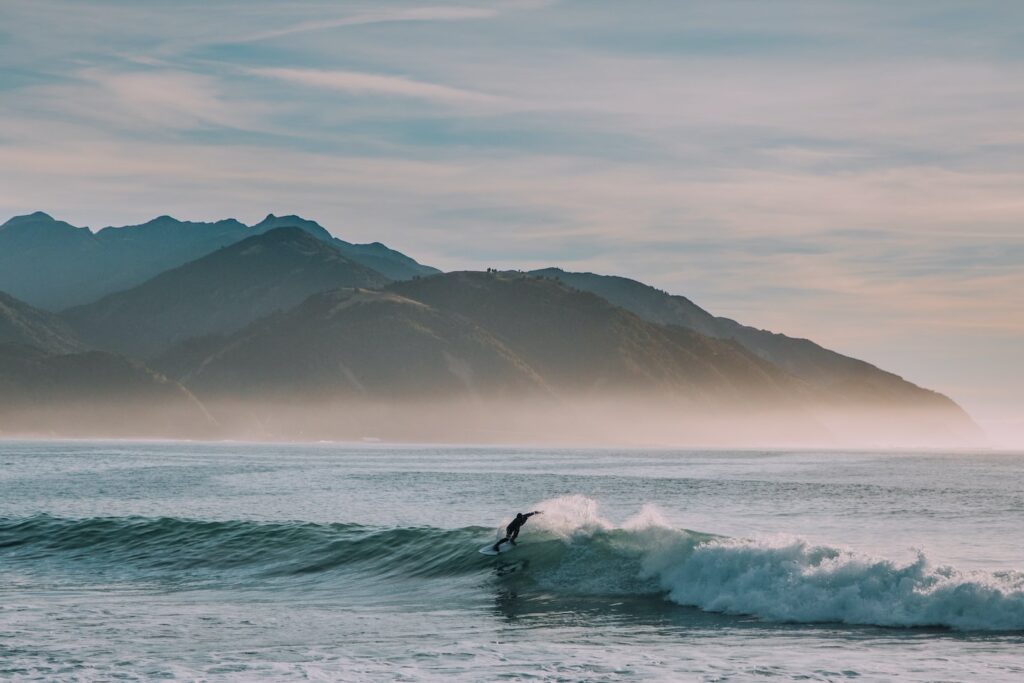
A How-to Guide: Tips and Techniques for Surf Photography
Catching the perfect wave requires skill and precision, and so does capturing it in a photograph. Whether you’re a seasoned photographer looking to explore a new genre or a beginner with a passion for action sports, surf photography can offer you a unique opportunity to combine your love for photography and the ocean. In this guide, we will dive into the basics of surf photography and equip you with the essential tips and techniques to help you capture the excitement and beauty of surfers and crashing waves.
1. Equipment Essentials:
Before hitting the beach, ensure you have the right gear to capture captivating surf photos. Here are some equipment essentials:
- A High-Quality DSLR Camera: Invest in a camera that offers fast autofocus, burst mode, and has a good image sensor to capture sharp images of the fast-paced action.
- A Versatile Lens: Consider using a telephoto lens (70-200mm) to zoom in and capture detailed shots of surfers or a wide-angle lens (16-35mm) to capture the expansive view of the ocean.
- Water Housing: If you plan to shoot from the water, a waterproof housing for your camera is crucial to protect it from water damage.
- A Sturdy Tripod: Choose a tripod that can withstand the elements and keep your camera steady in potentially challenging conditions.
2. Timing is Key:
Understanding the patterns and behavior of waves is essential to capture the perfect shot. Here are some timing tips:
- Golden Hour: Shoot during the golden hour, which is the first hour after sunrise and the last hour before sunset. The warm and soft light during this time adds a magical touch to your photos.
- Wave Predictions: Check the surf forecast to determine the ideal time for shooting. Look for reports on wave height, tide, and swell direction to anticipate the best waves to capture.
3. Composition and Framing:
Creating visually appealing compositions will make your surf photos stand out. Consider the following tips:
- The Rule of Thirds: Use the rule of thirds to create a balanced composition. Place your subject, such as a surfer or a crashing wave, along the intersection points of imaginary grid lines dividing your frame into thirds.
- Leading Lines: Utilize the natural lines in your surroundings, such as the crest of a wave or a shoreline, to guide the viewer’s eye and add depth to your image.
4. Freeze the Action:
To capture the fast-moving action of surfers and crashing waves, try these techniques:
- Shutter Speed: Use a fast shutter speed (1/1000th of a second or faster) to freeze the motion and capture every detail of the surfer and the water.
- Burst Mode: Enable your camera’s burst mode to capture a series of shots in quick succession. This increases the likelihood of capturing the perfect moment.
With these tips and techniques, you are now equipped with the essentials for capturing epic surf photos. Don’t be afraid to experiment and explore your own unique style. Enjoy the process, embrace the action, and immerse yourself in the thrilling world of surf photography!
Frequently Asked Questions
1. What is surf photography?
Surf photography is the art of capturing the exhilarating moments of surfers riding waves and the crashing waves themselves. It involves photographing surfers in action, the beauty of the ocean, and the dynamic energy of waves.
2. What equipment do I need for surf photography?
To capture stunning surf photos, you’ll need a camera with a fast shutter speed and a good telephoto lens to zoom in on the action. It is also recommended to use a waterproof housing to protect your camera from water damage. Additionally, a sturdy tripod and a polarizing filter can enhance your shots.
3. What are some tips for capturing surfers in action?
To capture surfers in action, it’s important to anticipate their movements and position yourself in the right spot. Use a fast shutter speed to freeze the action, and experiment with different angles and compositions. Be patient and ready to capture those thrilling moments when surfers catch the perfect wave.
4. How do I capture the crashing waves effectively?
Capturing the power and beauty of crashing waves requires careful timing and technique. Use a fast shutter speed to freeze the motion of the waves, and try different angles and perspectives to add depth to your photos. Experiment with different exposure settings to capture the water’s movement and achieve the desired effect.
5. Can you provide some tips for shooting in different lighting conditions?
In different lighting conditions, adjust your camera settings accordingly to achieve the best results. In bright sunlight, use a faster shutter speed and a smaller aperture to avoid overexposure. During golden hour or cloudy days, take advantage of the softer light and experiment with longer exposures to create a dreamy atmosphere in your photos.
6. Are there any safety precautions to consider when shooting surf photography?
Absolutely! Safety should always be a priority when shooting surf photography. Stay aware of your surroundings, respect the ocean, and never put yourself or others in danger. Additionally, ensure that your camera gear is properly secured and protected from the water to prevent any accidents or damage.
7. Where can I showcase my surf photography?
You can showcase your surf photography on various platforms, such as your own website or blog, social media platforms like Instagram or Facebook, and photography communities or galleries. Consider participating in photography contests or reaching out to local surf magazines or websites to share your work with a wider audience.
Wrap Up:
Now that you’ve learned the basics of surf photography, it’s time to grab your camera and hit the beach! Remember, practice makes perfect, so don’t be discouraged if your first shots don’t turn out exactly as you hoped. Keep experimenting with different angles, settings, and compositions to capture those perfect moments of surfers riding the waves.
And don’t forget to share your stunning surf photography with the world! Whether it’s on social media, photography forums, or even entering contests, showcasing your work can not only inspire others but also help you improve as a photographer.
Lastly, I’d love to hear about your surf photography adventures. Let me know in the comments below how you’ve enjoyed this guide and any tips or experiences you’d like to share!
